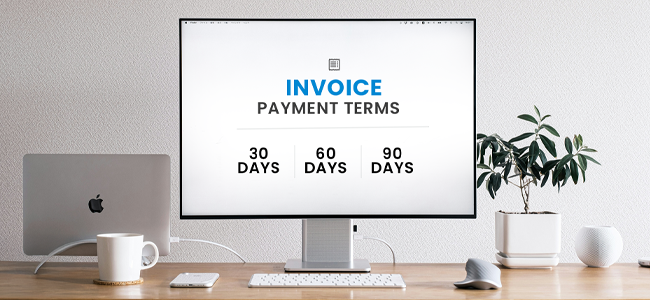By Gerrit Weideman
•
November 5, 2025
“The key is not to prioritise what’s on your schedule, but to schedule your priorities.” (Stephen R. Covey, The 7 Habits of Highly Effective People) In business, it’s too easy for an entrepreneur or business leader to mistake being busy for being effective. Working long hours with back-to-back meetings can look like productivity – but without clarity and boundaries, the important work may not actually be getting done. According to a study conducted by McKinsey, 61% of senior executives believe that at least half of the time they spend making decisions is unproductive. So how can you stop this from happening to you? Time-saving strategies are an essential tool for sustainable modern leadership. Streamlining processes, delegating effectively, and embracing automation can transform your day. Done right, these tactics free up energy for strategic thinking, innovation, and decision-making – all of which can lead to greater growth in your business. Here are some evidence-based tips every business leader should employ to better utilise their time. 1. Prioritise ruthlessly One of the most effective ways to save time is by focusing only on tasks that deliver real impact. The Eisenhower Matrix (dividing tasks into urgent vs. important) remains a powerful tool. Many leaders fall into the trap of handling urgent but low-value work, rather than carving out time for strategic priorities. The fix? Review your to-do list daily and cut or delegate anything that doesn’t directly move the business forward. Treat your time as an investment portfolio and put more into the high-return opportunities. 2. Delegate with trust Effective delegation is a skill, not just because it frees up your time, but also because it empowers your team. Too many leaders hoard responsibilities out of habit or fear that standards won’t be met. But this can bottleneck workflows and burn time on details that others are capable of handling. You should be clearly defining expectations, providing resources, and then stepping back. By learning to fully trust your team you free yourself up for higher-level thinking and decision-making. Just as importantly, you give staff room to grow, in the process increasing employee engagement and retention. 3. The algorithm is your friend Everyone’s talking about AI these days, and with good reason. Technology can be a business leader’s greatest ally. From scheduling tools to delivering automated reporting, letting technology take care of the smaller tasks can strip hours of repetitive labour from your week. The upfront effort and cost of setting up automation pays dividends quickly. According to a Deloitte survey, businesses using automation in finance and operations reported time savings of between 60% and 80% in some high volume, transactional finance processes. As your accountant, we can help you adjust budgets to cater for tech upgrades and installations, and the adjusted workflows that will surely follow. Leaders who resist these tools risk drowning in avoidable admin. 4. Guard your calendar Your calendar is a reflection of your priorities. Yet many leaders allow it to be hijacked by endless meetings. A practical fix is to implement “meeting-free zones” (blocks of time reserved exclusively for deep work). Another technique is the “two-pizza rule” made famous by Jeff Bezos: never hold a meeting if it requires more than two pizzas to feed the attendees. Meetings with fewer staff and clear agendas reduce wasted time and force clarity. 5. Communicate your way These days, business leaders are blessed with communication options. Tools like project management platforms, shared documents, and messaging systems mean you can allow communication to happen without the need for meetings or real-time interruptions. Allowing people to react to incoming information when they have space in their day lowers wasted time and increases focus. This helps everyone in the business, including you, to get more done. 6. Build decision-making frameworks Your job as a business leader is essentially to make decisions. The longer it takes you to make a decision, the more momentum is impeded. Structured decision-making frameworks (such as weighted scoring models) can help you speed up evaluations, reduce second-guessing and come to conclusions faster. This doesn’t just save you time, it also keeps others on track. 7. Invest in personal efficiency Leadership productivity is also about discipline. By simply changing some of the habits you’ve developed over a lifetime, you could immediately become more efficient. For example, you could answer your emails and phone notifications in batches instead of interrupting work to answer them as the notification comes in. Introducing new habits and changing old ones will require daily diligence and repetition. Initially, it may seem draining, but over time you’ll find you are saving hours you can put to better use elsewhere. 8. Time as a strategic asset Leaders who learn to protect and optimise their schedules are the ones who build organisations that are sharper, faster, and more resilient. By prioritising ruthlessly, delegating effectively, automating smartly, and protecting your calendar, you can transform time from a constraint into a competitive advantage.






